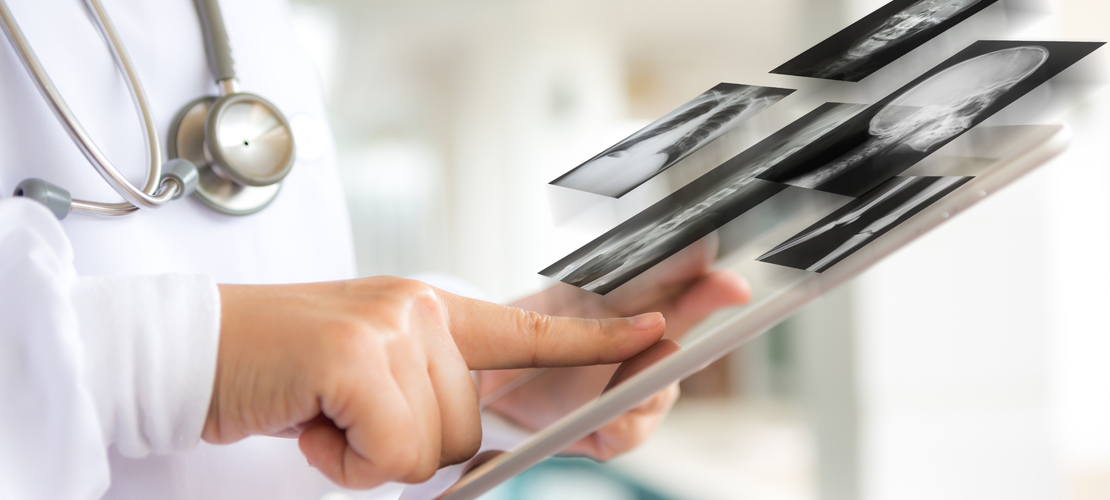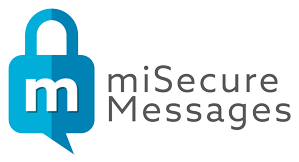
Out With The Old, In With The New: Encrypted BYOD Messaging as a Pager Replacement
Why Hospitals Should Consider Updating to Secure Messaging
The evolution of technology has made huge impacts on the way we do business, and all for the better. This is true for nearly all types of business, but none more than the healthcare industry. The evolution of the pager to an encrypted Bring Your Own Device (BYOD) messaging platform has brought communication among staff and the security of sensitive information to a new level.
Hospitals who still use the pager system are at risk of data breaches, financial loss, and communication inefficiencies, which can lead to wasted time and, in some cases, the loss of lives. This month, we’re covering the top three reasons why hospitals should consider making the switch from traditional pagers to a secure messaging platform.
Data Security
An article by HIPAA Journal states, “...changes to the Privacy and Security Rules in the Health Insurance Portability and Accountability Act (HIPAA) stipulate that a system of physical, administrative, and technical safeguards must be introduced for any electronic communication to be HIPAA-compliant.” Under this rule, hospitals still using pagers are prohibited to send any protected health information (PHI) via a pager, unless the messages are encrypted and the identity of the user can be verified. If PHI needs to be communicated, the individual must call to relay that information over the phone. Such inefficient communications result in wasting billions of dollars every year. Because these additional safeguards can be costly and difficult to implement, the ruling has led to some hospitals abandoning the pager altogether.
Replacing pagers with a secure platform that utilizes end-to-end encryption, like miSecureMessages, can ensure PHI, in the form of text, photo, video, and audio, remains secure and hospital staff communicates quickly and effectively. Taking security a step further, miSecureMessages doesn’t store messages on the device, and the app can be remotely disabled to prevent access when a device is lost or stolen.
Communication Efficiencies
The first practical use of one-way pagers launched in the 1950s, which allowed the recipient to receive, but not send messages. Two-way pagers were introduced in 1994, but in the years following their introduction, smartphones were becoming a more popular choice in the healthcare industry.
Because one-way pagers can only receive messages, recipients are unaware of who is contacting them, the reasons why, and the level of urgency. This can lead to issues with prioritization, and wasted time to gain more information.
One-way paging networks also don’t have a way to track whether a message has been successfully delivered to a pager. If a pager is off or doesn’t have a good signal during the time a message is sent, the recipient may not receive the message. The use of pagers in the healthcare industry has been shown to waste a considerable amount of time among healthcare teams. A study conducted by the Ponemon Institute determined that on average, hospital-based physicians and nurses wasted 46 minutes a day by using pagers and beepers.
Messaging platforms like miSecureMessages allow users to send end-to-end encrypted instant messages to individuals or groups within their healthcare teams. Unlike traditional pagers, messages are marked with timestamps to ensure accountability among team members and show when messages are delivered, read, completed, and deleted. Another feature that prevents wasted time is the ability for users to set their status -- at lunch, in a meeting, in/out of office, making rounds, etc.
The Convenience of BYOD
According to the Pew Research Center, Millennials are the nation’s largest living adult generation, surpassing Boomers in 2019. In addition, more than one-in-three American labor force participants are Millennials, making them the largest generation in the U.S. labor force. With more screen time than any other generation in history, Millennials expect to be provided sufficient technology in order to do their job efficiently. That’s why secure platforms like miSecureMessages works with any device policy, whether healthcare teams choose to use company-provided devices or BYOD (Bring Your Own Device).
The convenience of BYOD allows healthcare teams to use their own device, which means the user is more comfortable with the device and the functionality, resulting in a more efficient communication experience. In comparison, pager technology is outdated, clunky, and they aren’t as flexible in terms of ease-of-use. In fact, Japan's pager services were discontinued by their last provider in October 2019, and the Health and Social Care Secretary of the National Health Service in the United Kingdom has ordered the removal of pagers for non-emergency communications by the end of 2021.
As more and more millennials enter the workforce, the need for secure and efficient technology will increase. Though pagers have served the healthcare industry well for several decades, the technology is no match for platforms like miSecureMessages. Ready to make the switch to a secure, encrypted communication platform? Reach out to us to schedule a demo with a member of our team.

